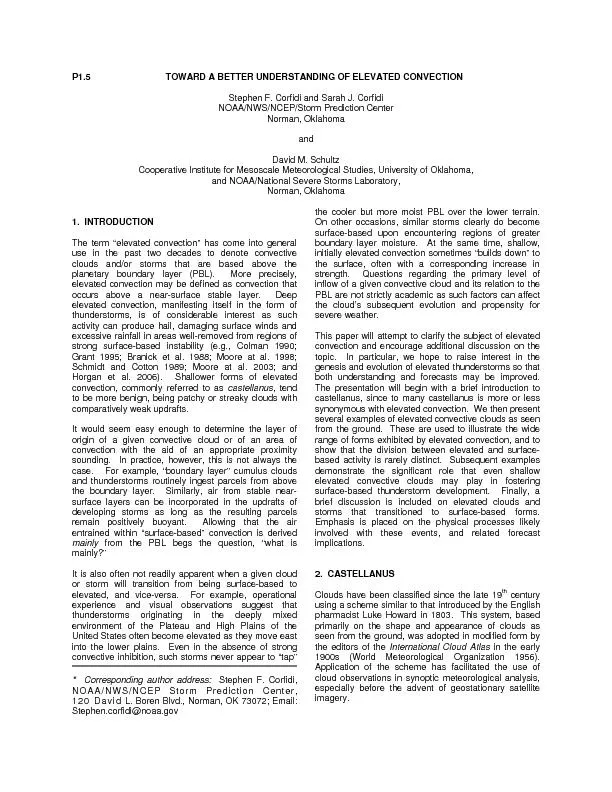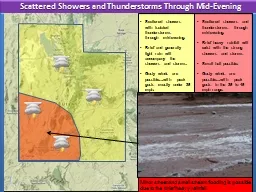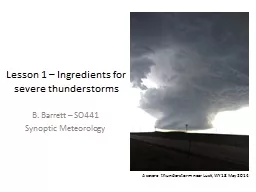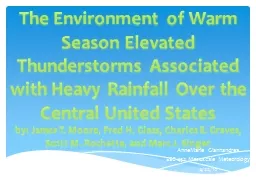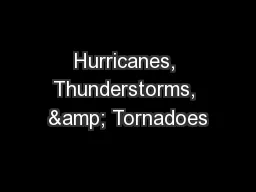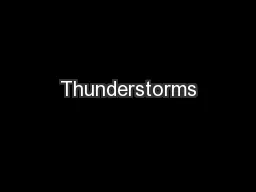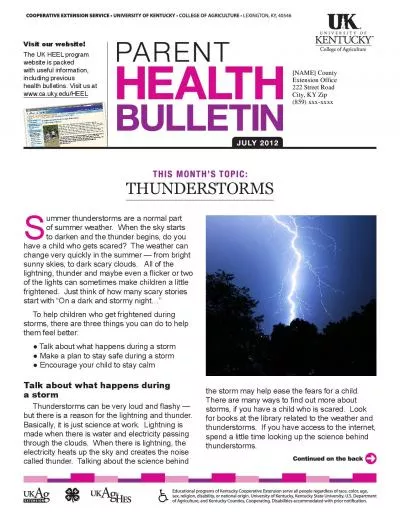PDF-case of thunderstorms, is commonly present in areas of isentropic asce
Author : debby-jeon | Published Date : 2016-05-31
Elevated thunderstorms forming above a stationary front Near Omaha NE c 1830 CDT 25 June 1994 looking The examples of castellanus just presented are more or less
Presentation Embed Code
Download Presentation
Download Presentation The PPT/PDF document "case of thunderstorms, is commonly prese..." is the property of its rightful owner. Permission is granted to download and print the materials on this website for personal, non-commercial use only, and to display it on your personal computer provided you do not modify the materials and that you retain all copyright notices contained in the materials. By downloading content from our website, you accept the terms of this agreement.
case of thunderstorms, is commonly present in areas of isentropic asce: Transcript
Download Rules Of Document
"case of thunderstorms, is commonly present in areas of isentropic asce"The content belongs to its owner. You may download and print it for personal use, without modification, and keep all copyright notices. By downloading, you agree to these terms.
Related Documents

